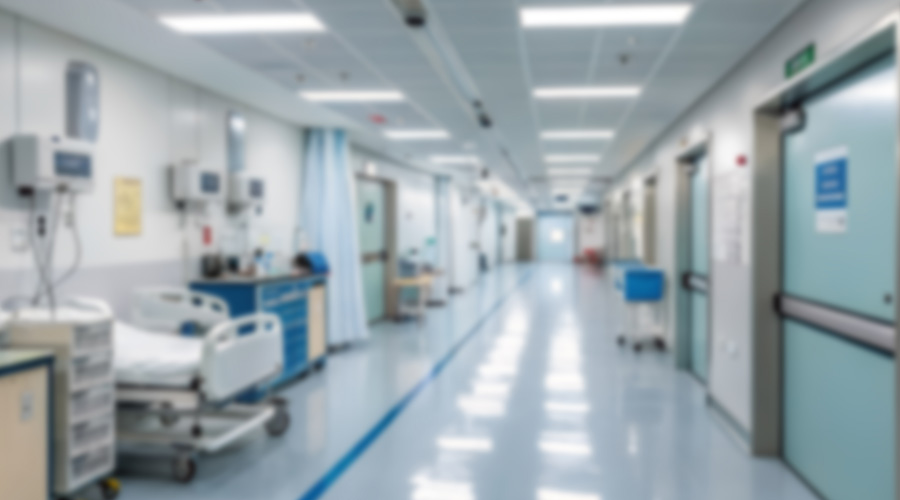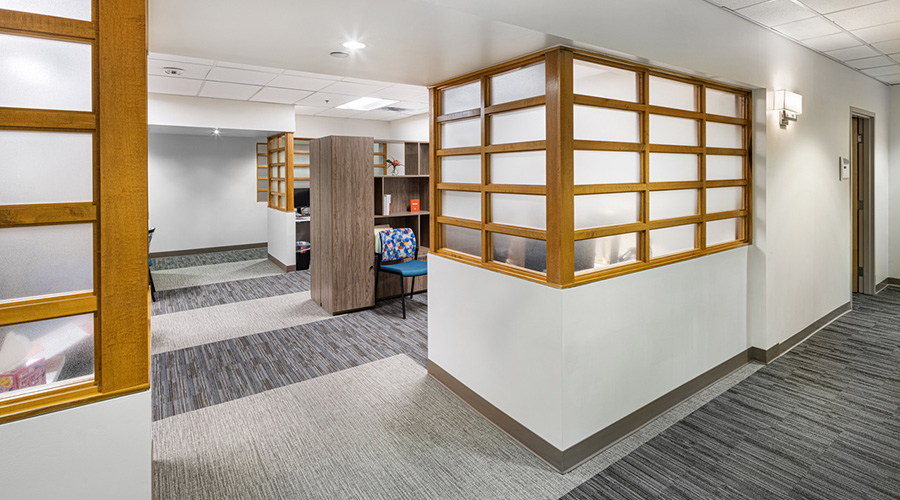The Bureau of Labor Statistics reports that healthcare workers are five times more likely to experience workplace violence compared to other industries. These violent incidents can include harassment, verbal abuse and physical assault, among others. Securing healthcare facilities is one way to address violent incidents and keep them from happening. However, security is a general term, as it can be broken down into different methods.
These three security methods can help prevent workplace violence and better protect employees on the frontlines.
1: Access Controls
Access controls technology help by restricting ingress or egress from a healthcare facility. Through limiting this access, it prevents dangerous individuals from going where they’re not allowed.
However, if a violent incident does occur, access control systems can go into a lockdown mode, Kyle Pfeiffer, industry solutions leader – healthcare at SALTO Systems, previously told Healthcare Facilities Today. Localized lockdowns can be enabled by authorized staff, or remotely by administrators, which immediately lock down certain doors, areas or the entire building. In addition, audit trails created by access control systems are critical for both preventing and responding to workplace violence.
“This combination of deterrence and accountability helps maintain a more peaceful environment in healthcare settings, where the focus can remain on patient care and wellbeing,” says Pfeiffer.
2: Weapon/metal detection systems
There are objects that can come into a healthcare facility undetected such as firearms and other weapons, posing a threat to the facility’s overall security. Because of this, some healthcare facilities have installed weapon and metal detection systems. These systems help alert security personnel to potentially armed individuals before they can cause any harm.
An example of this in practice is at Sentara Norfolk General Hospital and Sentara Virginia Beach General Hospital, which had concealed weapon detectors installed at emergency department entrances, 13 News Now reports. They are also equipped with AI that helps recognize the shape and consistency of a weapon.
Since their installation in October 2022, these systems have caught 2,484 weapons as of June 2024, including:
- 1,204 knives
- 158 box cutters
- 84 tasers
- 64 handguns
- 2 machetes
3: Staff training
Training staff is another way to keep healthcare facilities secure. Getting staff members trained can help them better identify hostility and rising tensions before they turn violent. Even if the situations turn violent, training can help staff defend themselves and others from being harmed.
Eligible staff members at Rochester Regional health are being trained as peace officers, WXXI News reports. The peace officers are allowed to give out appearance tickets, make arrests, take away illegal firearms and conduct constitutionally permissive searches. They will also directly partner with local law enforcement for their training.
Jeff Wardon, Jr., is the assistant editor for the facilities market.

 Code Compliance Isn't Enough for Healthcare Resilience
Code Compliance Isn't Enough for Healthcare Resilience Ribbon Cutting Marks First Phase Completion for New Montefiore Einstein Facility
Ribbon Cutting Marks First Phase Completion for New Montefiore Einstein Facility Brooks Rehabilitation Launches 3 New Major Construction Projects
Brooks Rehabilitation Launches 3 New Major Construction Projects Joint Commission Standards: What Updates Matter Most?
Joint Commission Standards: What Updates Matter Most? Swinerton Completes Construction at Atlanta's Grady Hospital
Swinerton Completes Construction at Atlanta's Grady Hospital